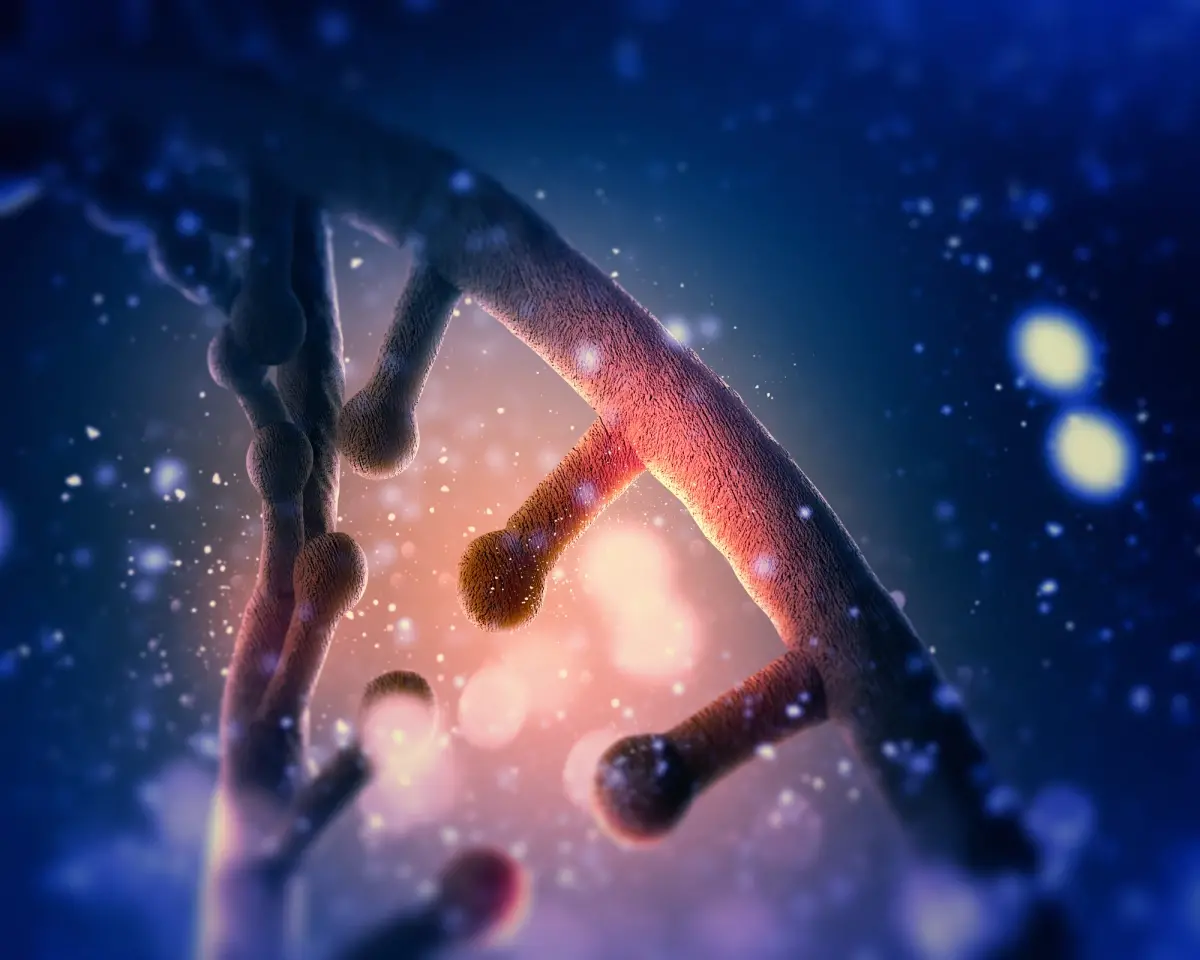A new study shows that DNA mutations may come from the strange quantum mechanical effect of "quantum tunneling" As we all know, DNA will mutate regularly, whether good or bad, which will promote evolution and disease. Researchers at Surrey University have now found that some of these spontaneous mutations may be caused by the strange field of quantum mechanics.

Image from depositphotos
DNA's famous double helix shape comes from base molecules, which are paired by hydrogen bonds. These bases, represented by the letters a, C, t and G, usually follow strict rules: a binds to T and C binds to g. This produces point mutations in DNA, most of which are harmless, but sometimes lead to genetic diseases.
In the new study, Surrey University researchers found that some of these modifications can be regarded as the result of strange quantum physical phenomena, namely quantum tunneling. For us living in the world of classical physics, this sounds like science fiction, but sometimes particles can spontaneously pass through obstacles that they should not have enough energy to overcome.
Take a ball from one end of the mountain to the other as an example. In classical physics, it takes a certain amount of energy to push the ball up the mountain and over the mountain to reach the other end; In quantum physics, the ball (regarded as a particle) can suddenly have the "mountain crossing skill" and appear at the other end of the mountain. This sounds equally incredible, but quantum tunneling is a well-documented phenomenon that occurs in a range of situations, such as nuclear fusion.
In the case of DNA mutations, the team said that the tunneling particles are protons in hydrogen atoms, which can jump from one side of the bond to the other. If they do so just before the two DNA strands that are part of the cell's replication process are split, protons will be trapped on the wrong side, leading to DNA mismatches and potential mutations.
The idea that this could happen in DNA mutations was first proposed decades ago, but this mechanism has been largely ignored since then. This is because the biological environment has long been speculated to be too warm and complex for quantum tunneling to occur.
But in the new study, the researchers found that not only does it happen in this environment, but the warm environment actually activates protons to jump. The team used a process called an open quantum system to simulate the dynamics of the process and showed that the protons jumped back and forth more frequently than previously thought. This shows that proton transfer from quantum tunnel plays a more important role in gene mutation than it is usually considered.
"Biologists usually expect tunneling to play an important role only in low-temperature and relatively simple systems. Therefore, they tend not to consider quantum effects in DNA. Through our research, we believe that we have proved that these assumptions are not tenable," said Dr. Marco Sacchi, co-author of the study.